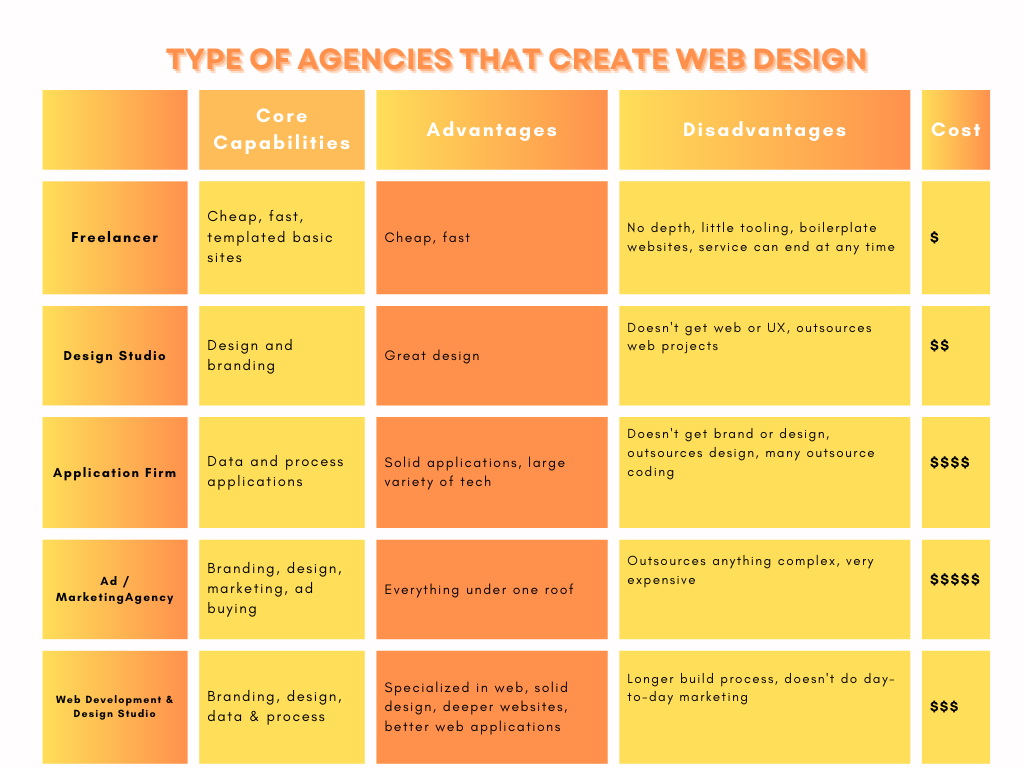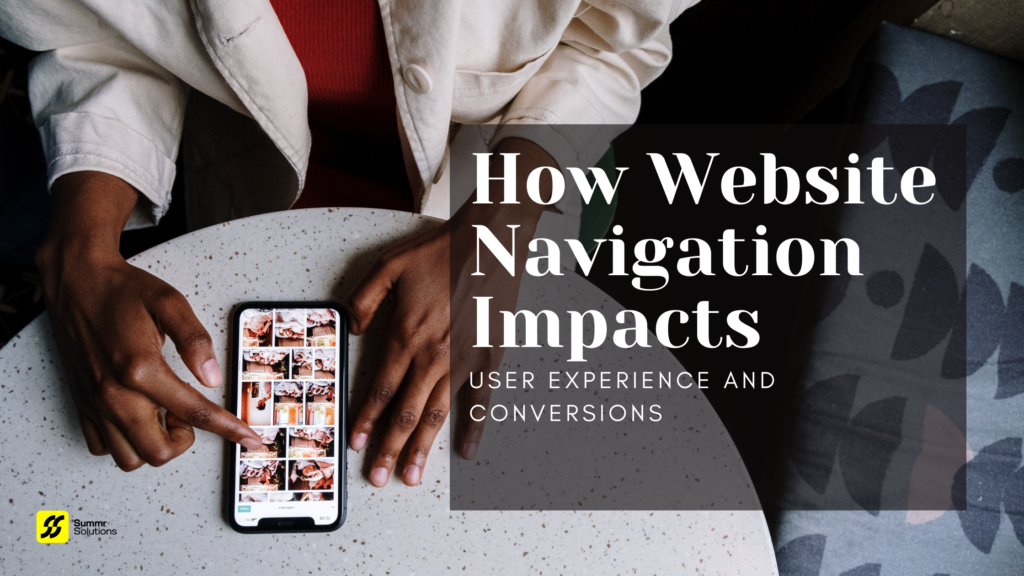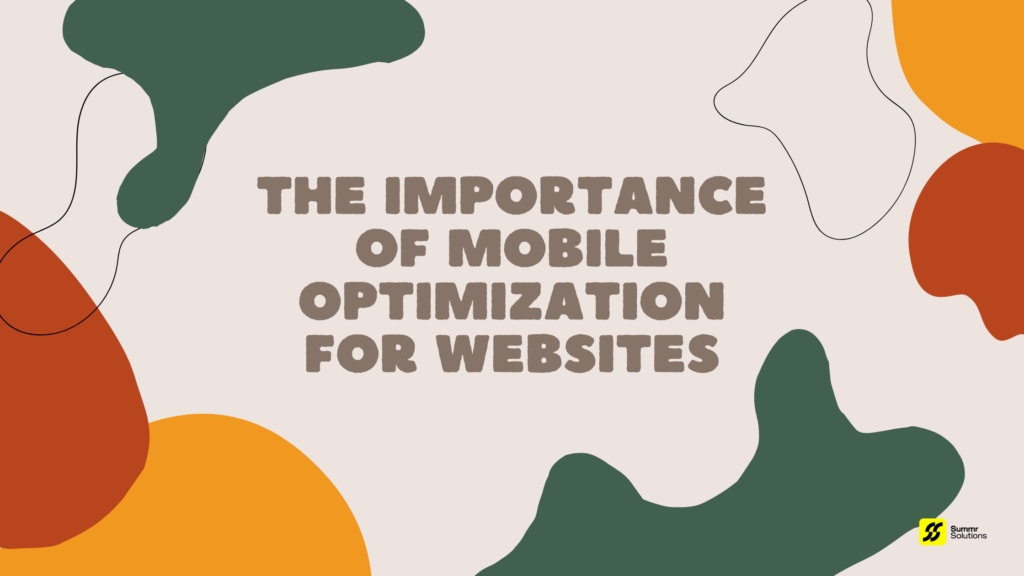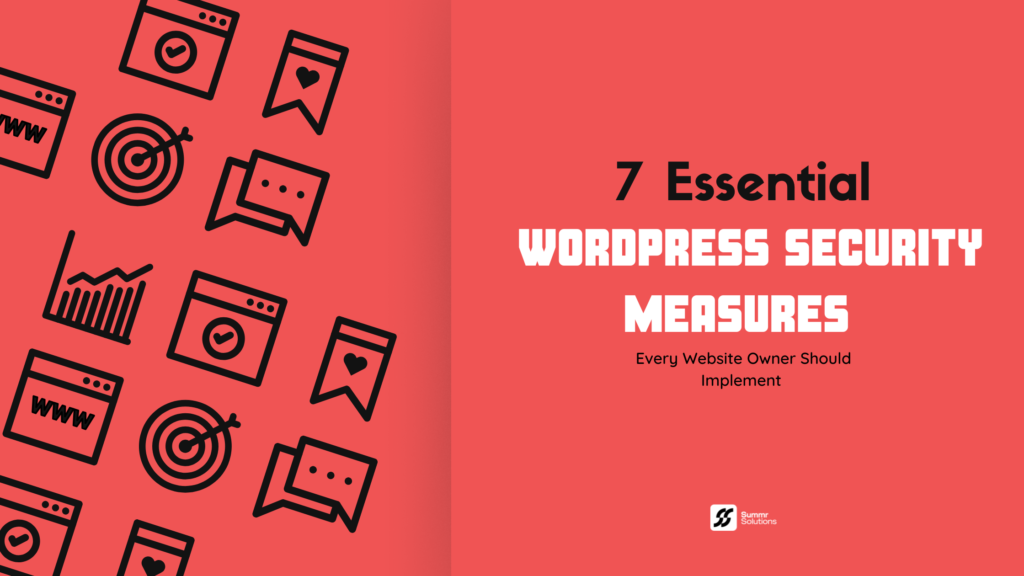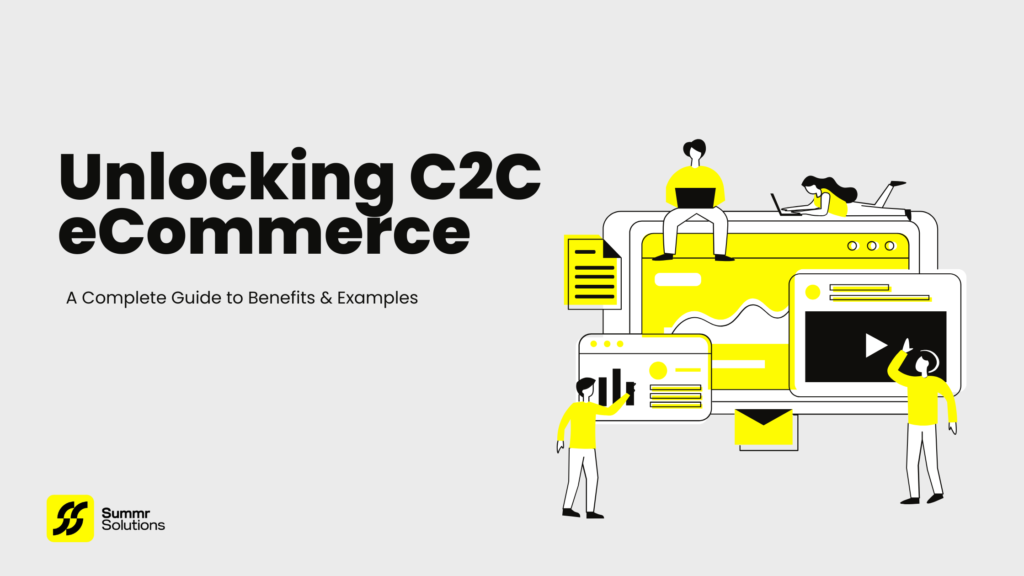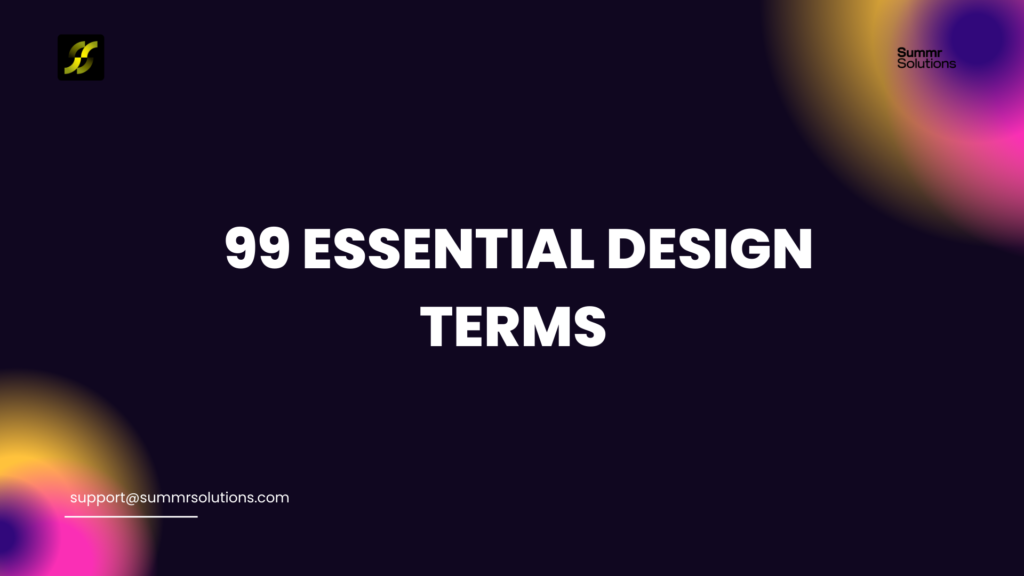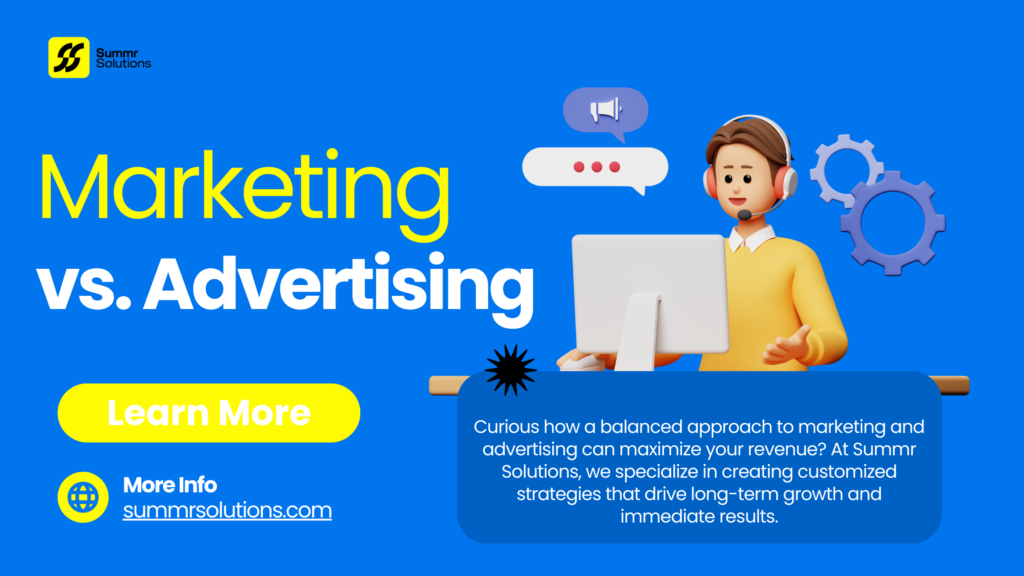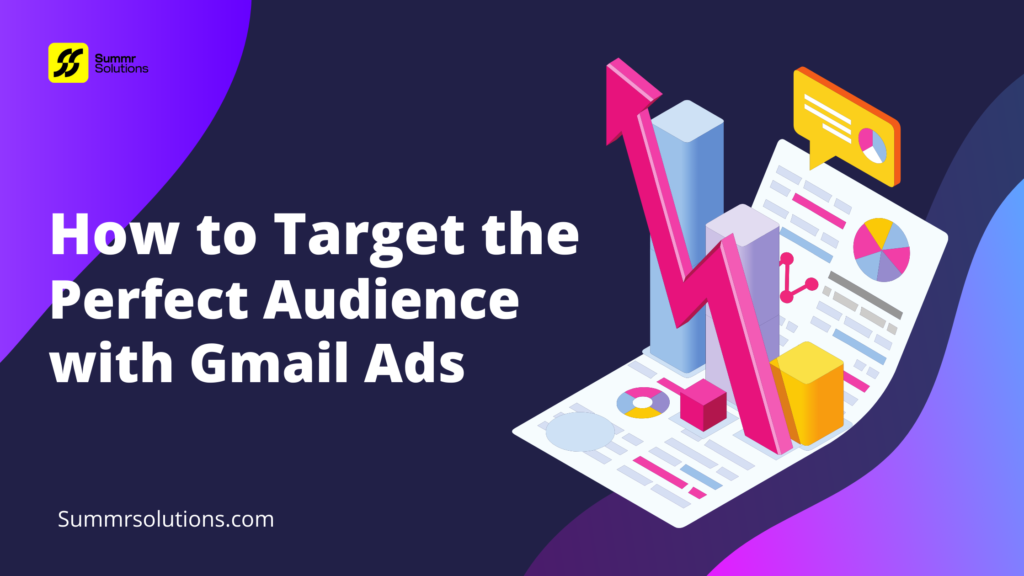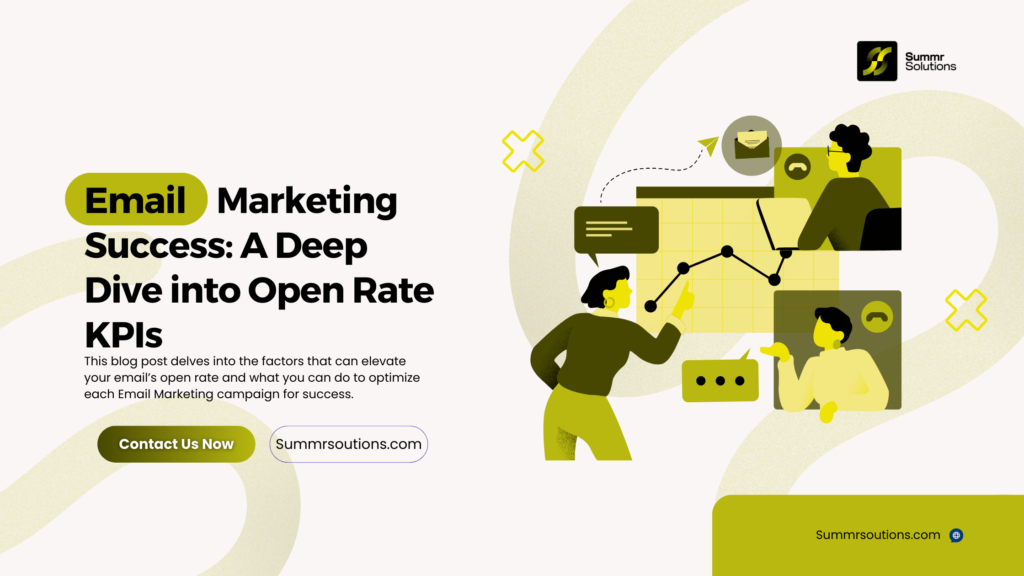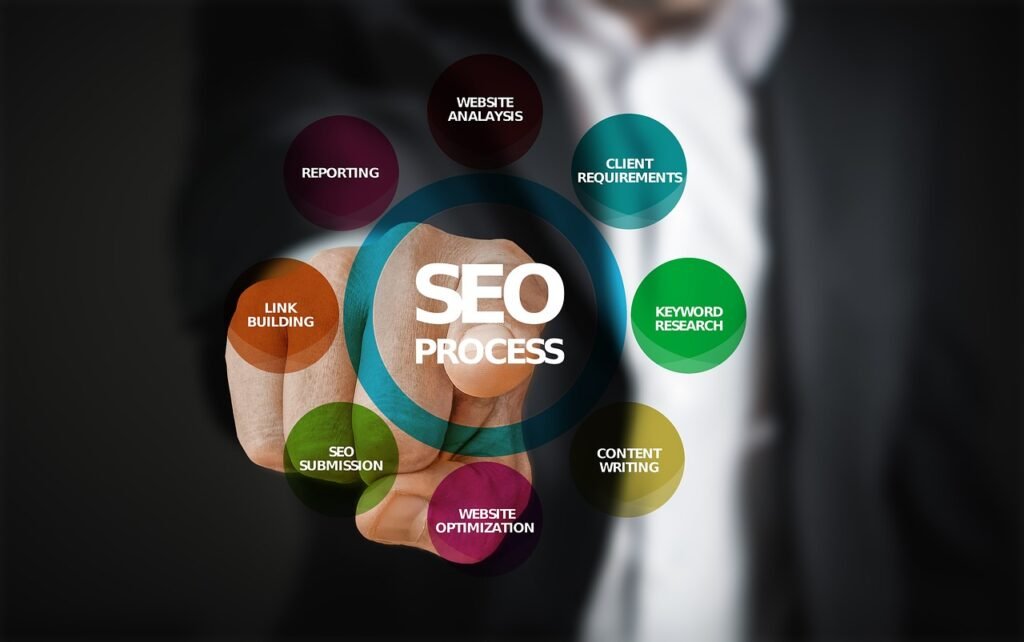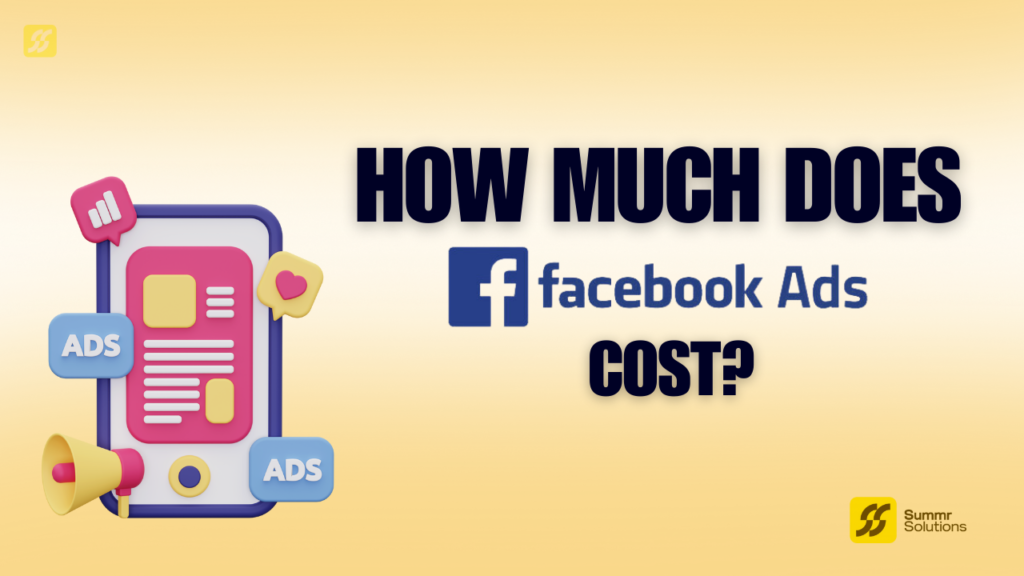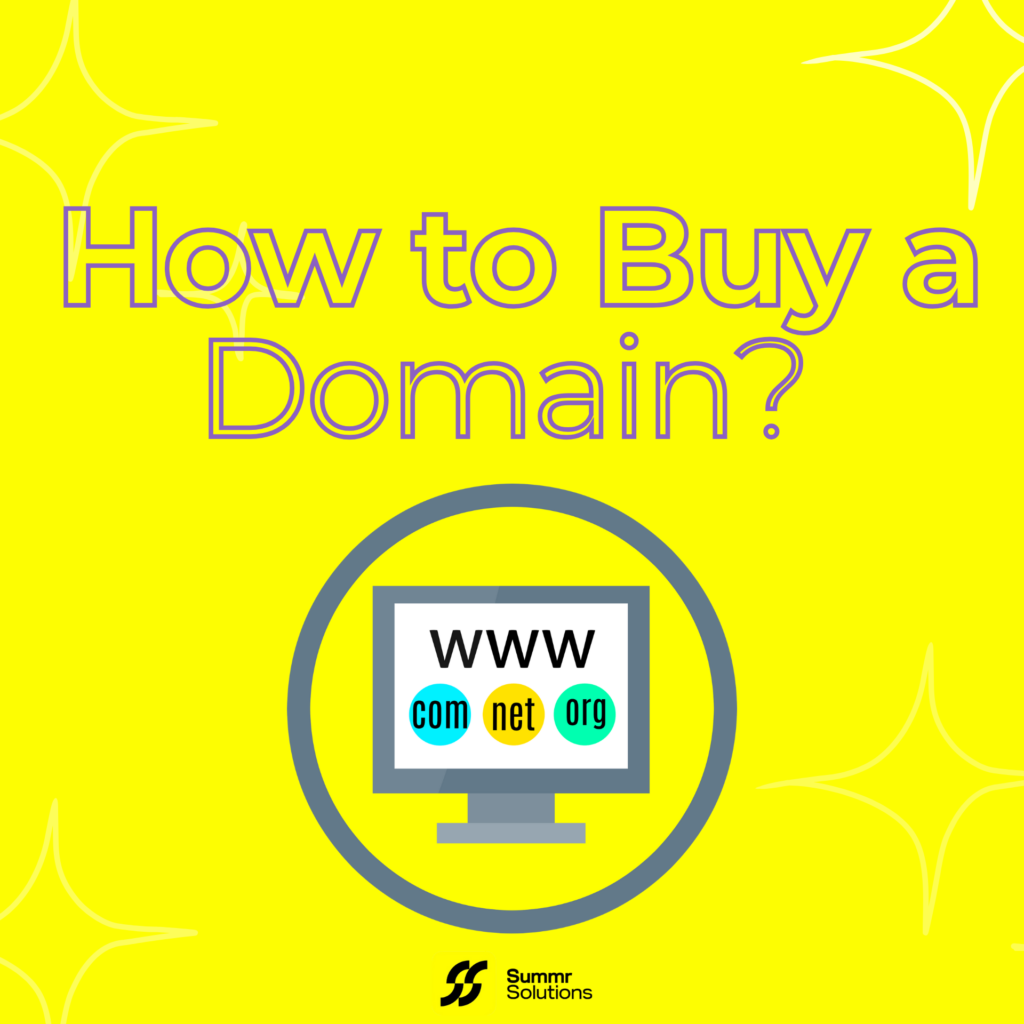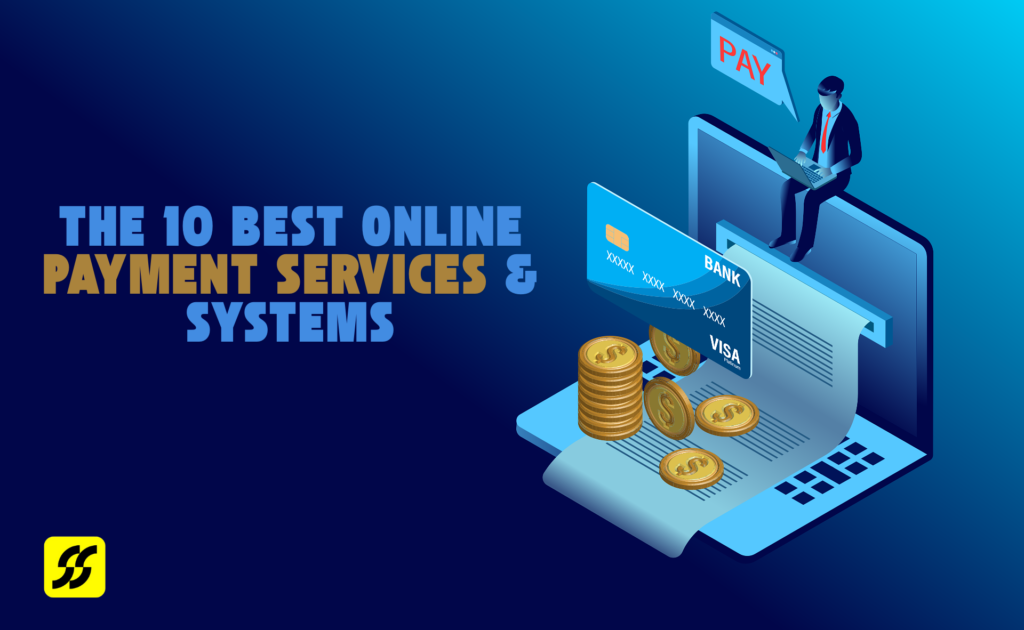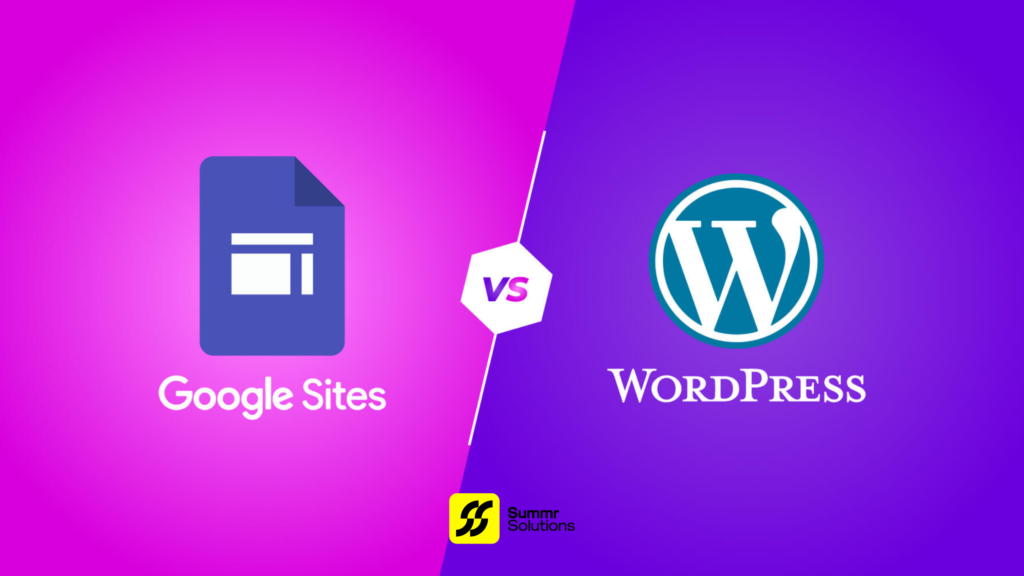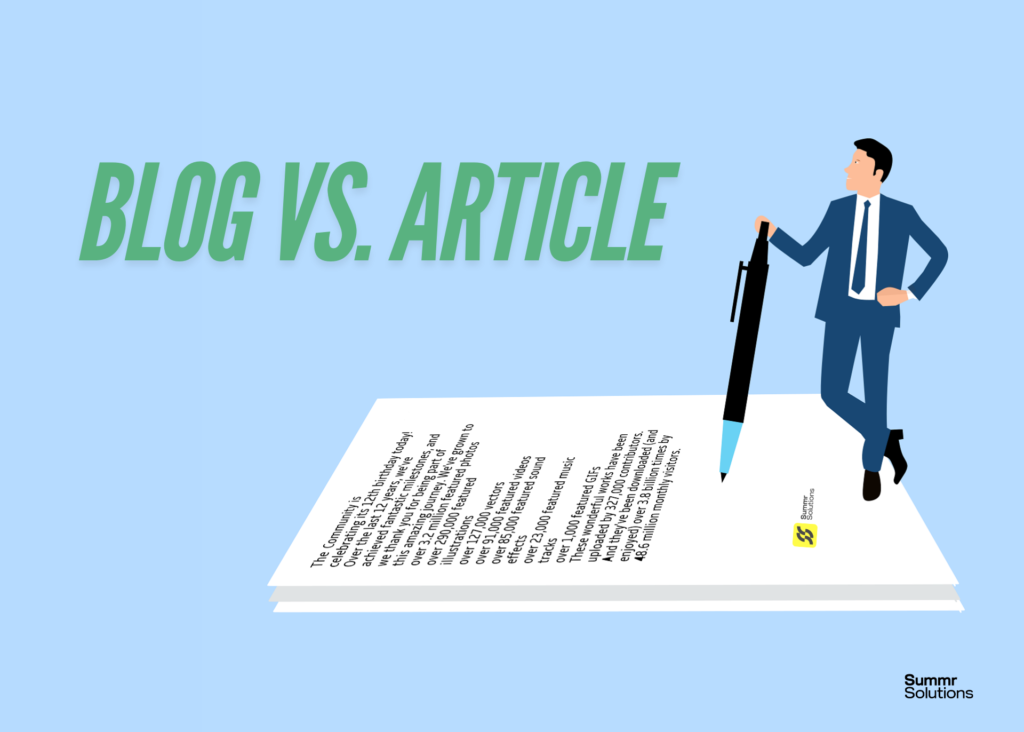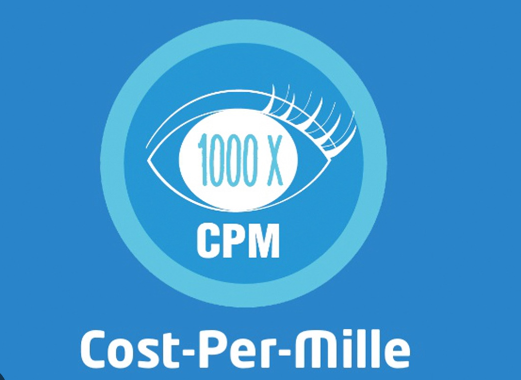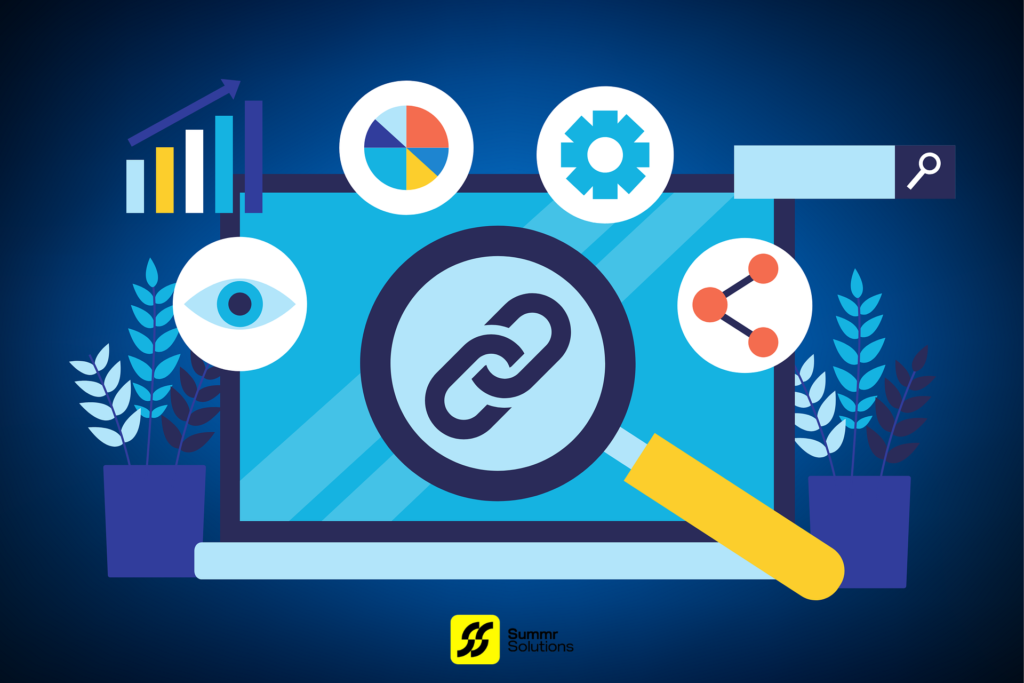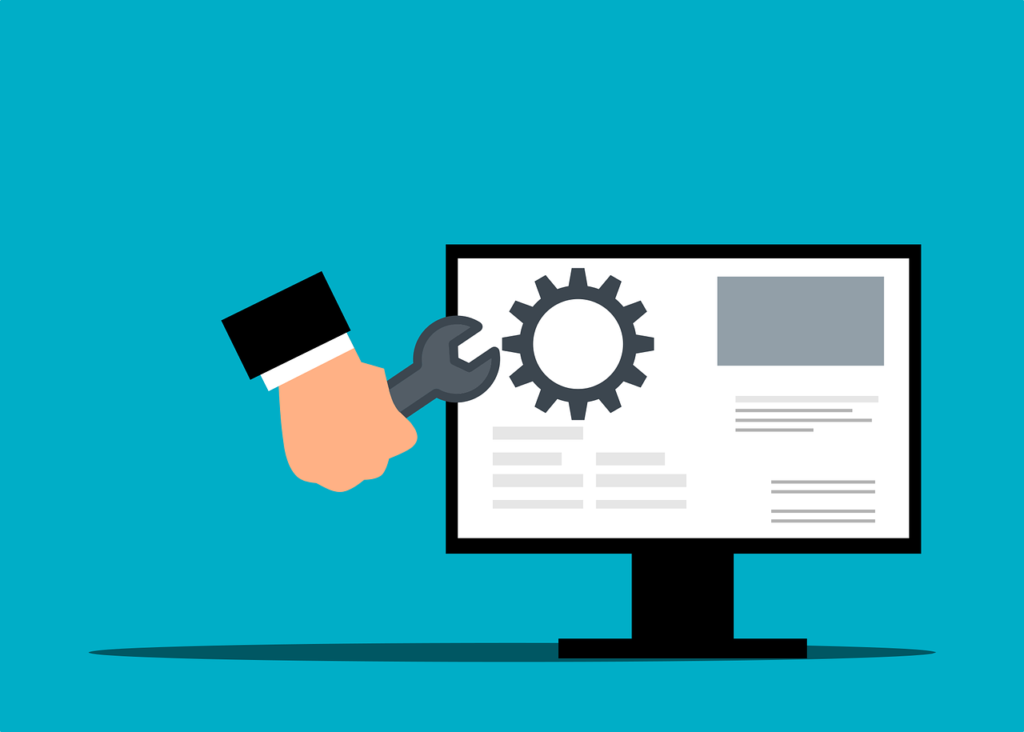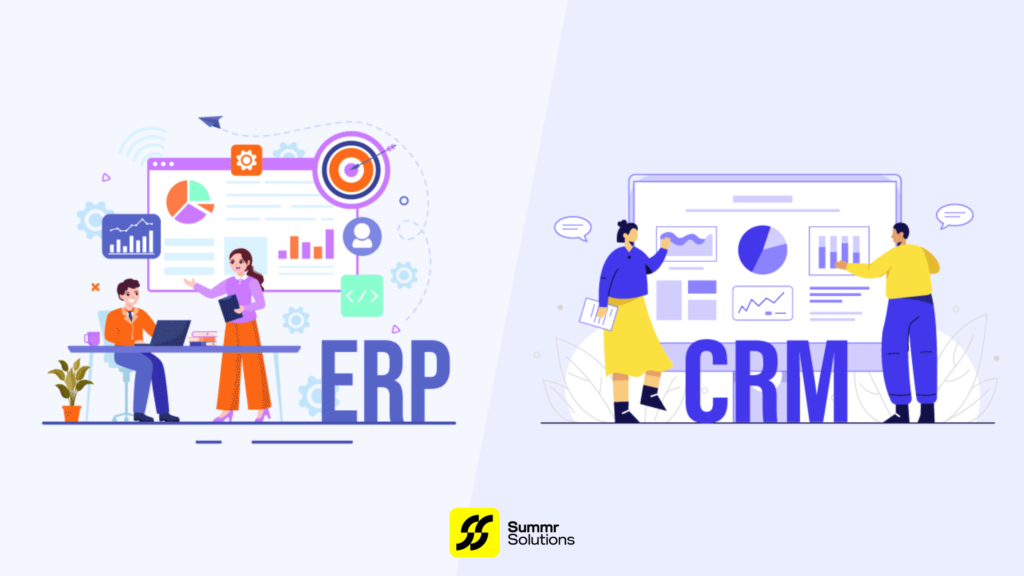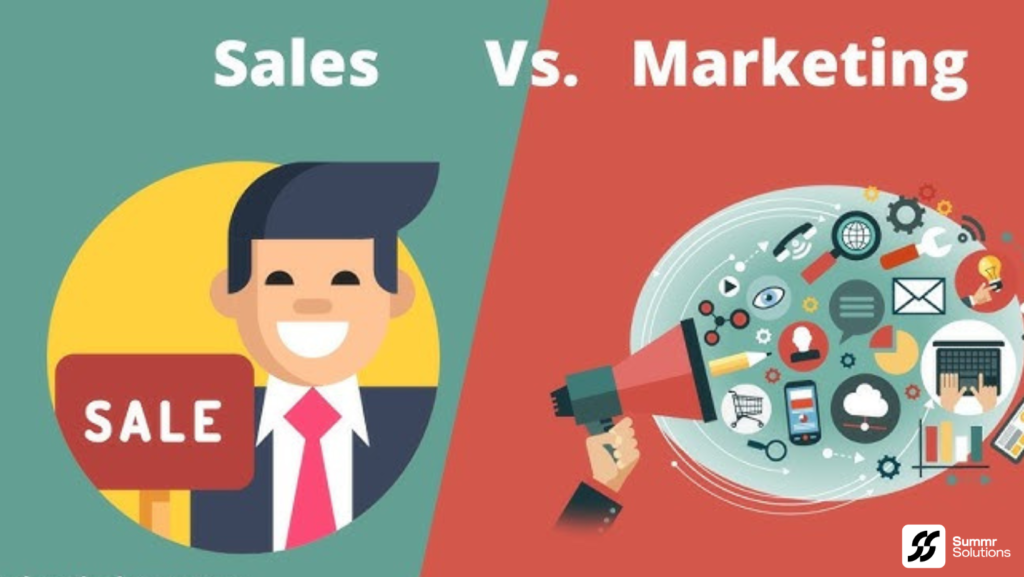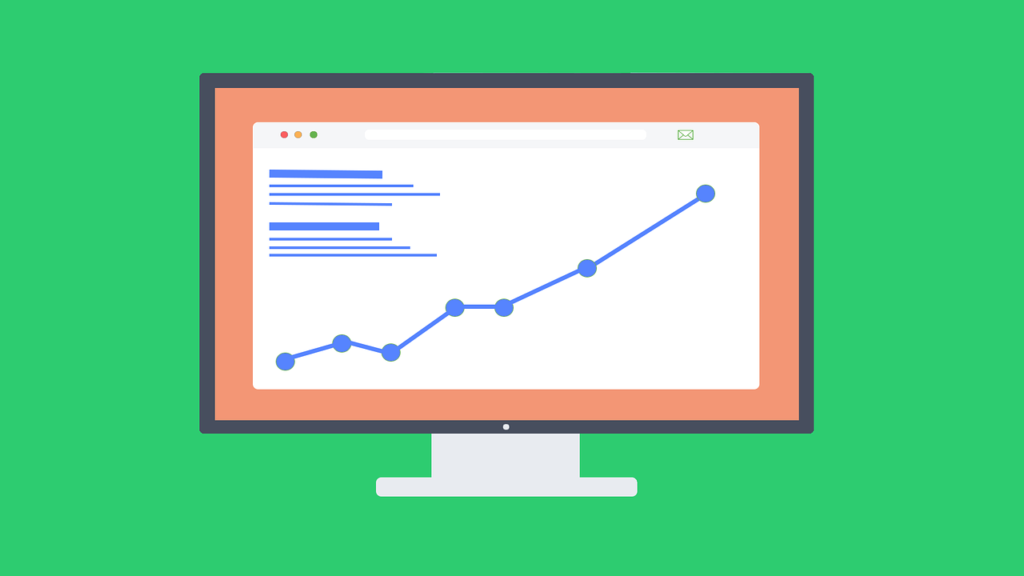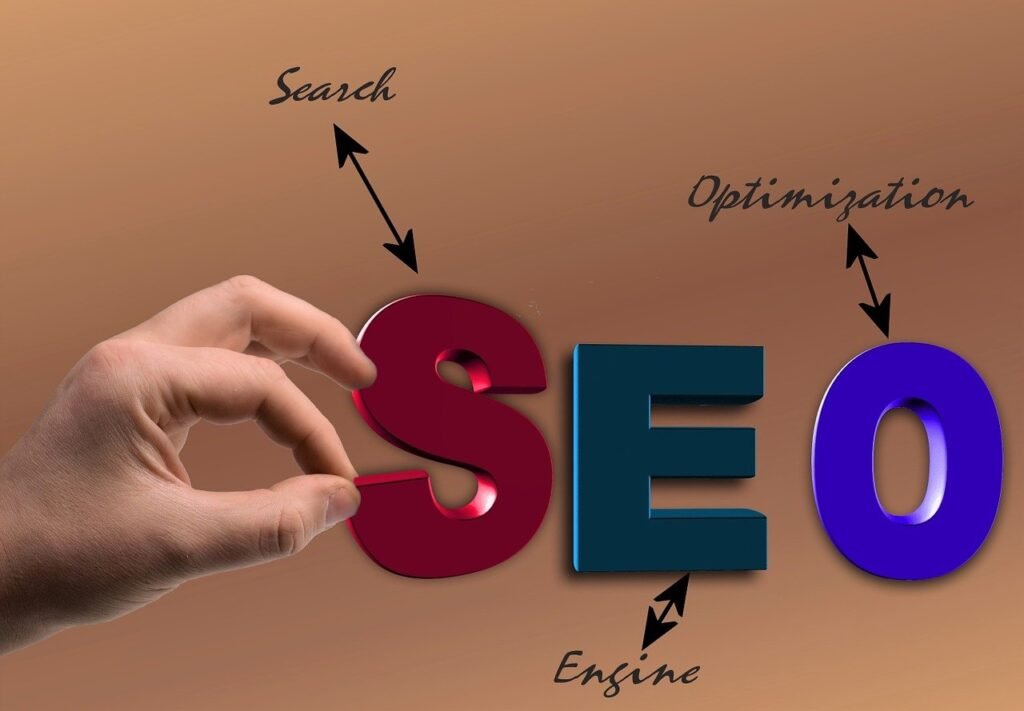1. The Basics of WordPress Categories and Tags
What Are Categories in WordPress?
Categories in WordPress are hierarchical organizational tools used to group related posts. They give your content structure by creating broader topics that help users and search engines understand your site’s main focus areas.
For example, if you run a blog about digital marketing, some categories might be:
- SEO
- Social Media Marketing
- Email Marketing
- Content Strategy
What Are Tags in WordPress?
Tags, unlike categories, are non-hierarchical and used to describe specific details of a post. They are like keywords that help identify key topics within a piece of content. Tags allow you to be more specific, offering a deeper level of context.
For example, a blog post under the “SEO” category might use tags like:
- Keyword research
- On-page SEO
- Link building
- SEO tools
Both categories and tags are vital for SEO because they help organize your content, making it more accessible for users and search engines.
2. How Categories and Tags Impact SEO
Improving Website Structure for Better SEO
Search engines love well-structured websites. When your content is organized using categories and tags, it becomes easier for search engines to index and understand the relationship between different pieces of content. A clear hierarchy can signal to Google that your site is authoritative and well-organized, improving your chances of ranking higher.
Internal Linking Opportunities
Categories and tags offer excellent internal linking opportunities. Linking to category pages or tag archives in your posts can keep users engaged on your site longer, while also distributing SEO value across different pages. Internal links help search engines navigate your site, improving indexation.
Want to enhance your SEO strategy with an organized WordPress site? Let our web development company in Texas build a custom solution for you!
3. Best Practices for Using WordPress Categories for SEO
Limit the Number of Categories
While it might be tempting to create a new category for every post, it’s better to limit the number of categories to maintain a clear structure. WordPress recommends assigning each post to only one category, as this avoids duplicate content issues that can confuse search engines.
Optimize Category Descriptions
Each category page in WordPress has a description field, which you can optimize for SEO. Add keywords relevant to the category topic to improve visibility in search engines. An optimized description will also help users understand what kind of content they can expect when browsing that category.
4. Best Practices for Using WordPress Tags for SEO
Use Tags Wisely
Avoid stuffing your posts with too many tags. It’s easy to go overboard, but using more than 5-10 relevant tags per post can dilute the focus of your content. Stick to tags that describe the post’s specific topics, and avoid creating tags that are too similar to your categories.
Noindex Tag Archives
If you’re using a large number of tags, it might be a good idea to “noindex” tag archive pages. This tells search engines not to index those pages, preventing thin or duplicate content issues that could hurt your site’s SEO performance.
Struggling with WordPress SEO? Contact our SEO company in Charlotte, NC, to improve your site structure and boost rankings.
5. Category and Tag Taxonomy: Avoiding Common Mistakes
Don’t Use Tags and Categories Interchangeably
Many WordPress users make the mistake of using categories and tags interchangeably, creating unnecessary confusion. Categories should represent broader topics, while tags should provide more specific details.
Avoid Too Many Tags Per Post
Over-tagging your posts can lead to duplicate content issues. If multiple tags apply to several different posts, you risk creating multiple pages that look very similar, diluting the SEO value of each post. Stick to a few focused tags that offer the most relevance.
6. How to Combine WordPress Categories and Tags Effectively
Create a Cohesive Hierarchy
Using categories and tags together helps create a cohesive content hierarchy. Start with broad categories that represent the main focus areas of your blog. Then, use tags to offer more specific context. This combination provides both users and search engines with a clear understanding of how your content is related.
Internal Linking with Categories and Tags
You can use categories and tags in your internal linking strategy. For instance, link to a category or tag archive when writing related blog posts. This keeps users on your site longer and helps distribute link equity across different pages, boosting your overall SEO.
Need help creating an internal linking strategy? Our SEO experts at Summr Solutions can assist you in building a stronger, more navigable website!
7. Using Plugins to Optimize WordPress Categories and Tags
Yoast SEO for Taxonomy Management
The Yoast SEO plugin makes it easy to optimize categories and tags for SEO. You can add unique meta descriptions for your category and tag archive pages, helping you target specific keywords. Additionally, Yoast SEO allows you to noindex tag archives that you don’t want search engines to crawl.
WP Categories Widget
The WP Categories Widget is another helpful tool that improves your site’s navigation. It allows you to display a list of categories on your sidebar, making it easier for users to find content related to their interests. This boosts user engagement and enhances SEO.
8. Final Thoughts on WordPress Categories and Tags for SEO
Using WordPress categories and tags effectively can significantly impact your site’s SEO. When used properly, they enhance website structure, improve internal linking, and offer opportunities for targeting specific keywords. By following best practices and avoiding common mistakes, you can create an organized, SEO-friendly site that both users and search engines love.
Ready to improve your WordPress SEO? Reach out to Summr Solutions, a top web development company in Charlotte, for expert help with website optimization, SEO services, and more!






